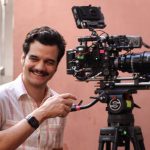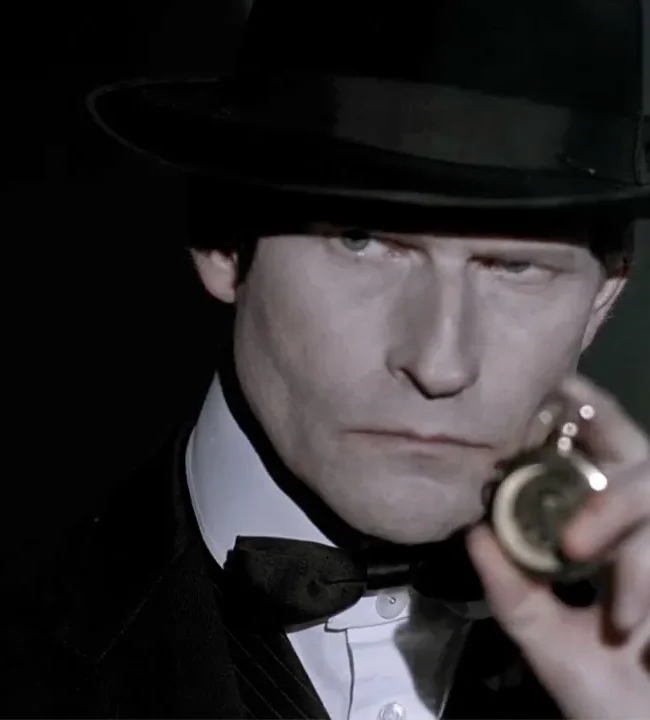THE CURBSIDE CRITERION: THE UNINVITED

(Here at Hammer to Nail are all about true independent cinema. But we also have to tip our hat to the great films of yesteryear that continue to inspire filmmakers and cinephiles alike. This week Jonathan Marlow checks in to The Uninvited, an underrated creepy WWII era ghost story.)
In the early- to mid-1940s (while the world was in the midst of WWII), filmmakers—and audiences—were captivated by tales of the unknown, either as a readymade form of escapism or an avenue for coping with the madness of war. RKO Pictures and producer Val Lewton quickly cornered the market for well-made yet inexpensive B-pictures in the horror vein. Other studios looked for their own properties to take advantage of this interest and Paramount found theirs in Uneasy Freehold, published in the U.S. as The Uninvited in 1942, as an optimal project to adapt from page-to-screen. Dorothy Macardle’s novel had many of the essential elements: a curious couple find themselves haunted by a ghost. However, the predictable aspects start to deviate from there. The couple? Sister and brother, portrayed by Ruth Hussey and Ray Milland respectively. The house they purchase is in Cornwall, England (or its Hollywood stand-in, near Fort Bragg, California, roughly three hours to the north of San Francisco).
The producer—the great Charles Brackett (a frequent collaborator of Billy Wilder on a handful of films)—had originally wanted Alfred Hitchcock to direct the film. Unable to complete the necessary arrangements, British theatrical director Lewis Allen was selected in his place (for his sophomore feature-length project). The resulting film was one of the most popular, box office-wise and otherwise, of 1944.
Milland and Hussey were already rather established when they were cast in this haunted tale but The Uninvited was Gail Russell’s third screen-credit, merely nineteen at the time and luminous. Unfortunately, her nervousness on the set of this shoot initiated an early habit of drinking to calm her nerves. Self-medication and its overuse resulted in her a premature death a decade-and-a-half later at the age of thirty-six.
Cinematographer Charles Lang was nominated for an Academy Award for his work on the film, understandably an also-ran to Joseph LaShelle (Laura). One of his other eighteen nominations (and one win) was for the similarly supernatural The Ghost and Mrs. Muir three years later!
Keen listeners will note the jazz standard “Stella by Starlight” performed—and in the context of the story, composed—by Roderick Fitzgerald, the character played by Milland (yet, in reality, a tune within Victor Young’s score). The titular “Stella” of the serenade is the haunted homeowner’s granddaughter, portrayed by Russell (of whom Fitzgerald / Milland is smitten). The song was notably covered over the years by Charlie “Bird” Parker, Chet Baker, Miles Davis, Art Blakey, Ella Fitzgerald and numerous others.
As for the menacing painting looming over assorted events at the sanatorium and elsewhere? The immense object points ahead to Vertigo, yet another novel with elements of the otherworldly adapted for the screen (inevitably, this time with Hitchcock at the helm).
— Jonathan Marlow [Executive Director | Scarecrow / SV Archive]











